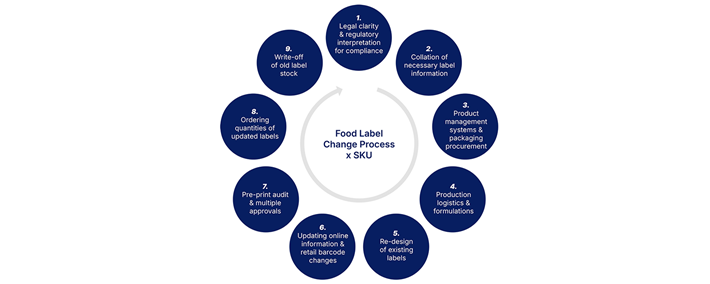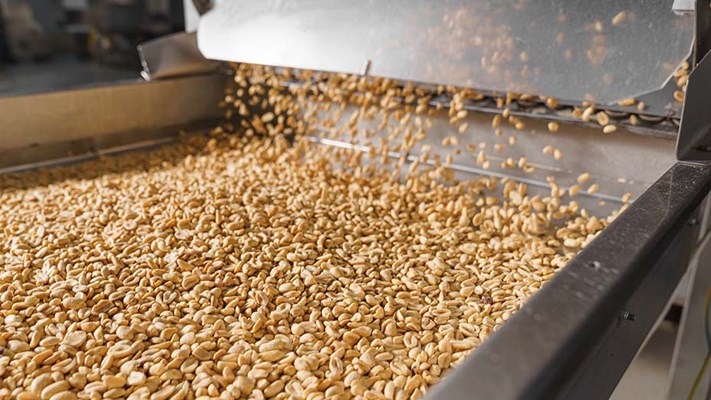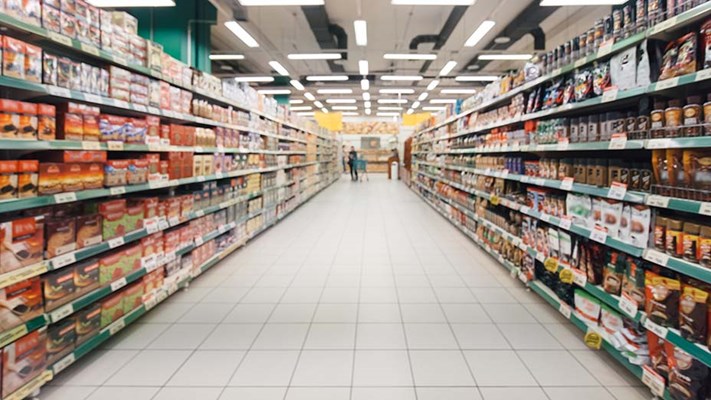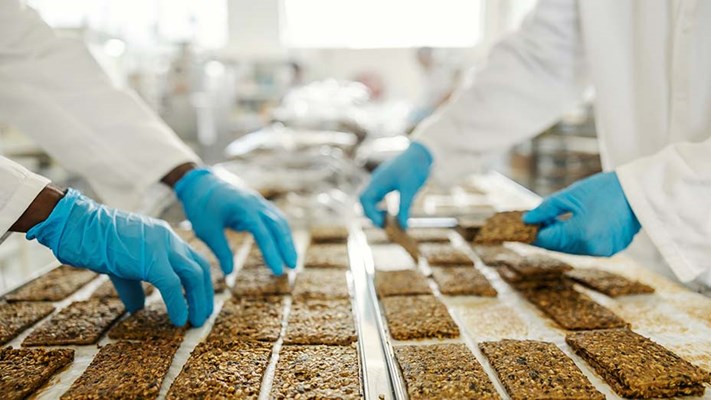Changing food & drink labels
Why do we have labels?
Food and drink labels provide information to consumers. This includes key information required by law, such as ingredient lists, allergen information and use by/best before dates. They also include a range of other information, such as nutrition and health claims, certifications from 3rd party assurance schemes (e.g. animal welfare, organic), cooking instructions and branding.
In addition, labels provide important information for businesses, which enables the product to be traced back to its production. This is essential in the unlikely event a food product has to be recalled from supermarket shelves due to food safety concerns.
Alongside the physical label, complementary information can be provided online. There is clear potential for this to grow, with many actively exploring the provision of detailed information through QR codes. For the foreseeable future though, the physical label remains the primary place to provide essential information to the consumer.
Why do labels change?
Put simply, food and drink labels change to reflect changes in legislation and standards, as well as to incorporate changes in design or refreshed brand imagery. Any changes to labels incurs costs and takes time.
This information provides an overview of what is involved in this process, some indicative timeframes and costs, and an indication of how it is possible to minimise packaging waste as part of any label change.
Food manufacturers usually initiate label updates every 18 months, although this can be as infrequent as every 5 years for certain products. Typically these are planned well in advance and are undertaken at scale on a ‘Stock Keeping Unit’ (SKU) basis. SKUs are unique codes used to identify and track individual products for inventory management.
Food labels have to be updated when government introduces new, or changes existing, consumer labelling legislation. In England, several government departments (e.g. Defra, FSA, DHSC) are involved in defining what goes on a label, and as labelling is a devolved responsibility this is mirrored across the other nations of the UK (e.g. FSS).
If regulatory label changes can be incorporated into planned label/brand refreshes, this can help minimise packaging waste. From publishing legislation, an implementation period of 2 years helps ensure costs and waste are kept as low as possible.
What is the process to change a label?
For every label change, food and drink manufacturers have to follow several steps to ensure their labels are compliant. This involves many months of work and can involve multiple internal teams and external experts for support. The diagram outlines the main stages for making changes to food labels and includes some indicative estimates of the time resources and costs involved.

Guidance & resources
The FDF have developed a range of guidance and resources, covering three key topic areas. Explore each topic below.













